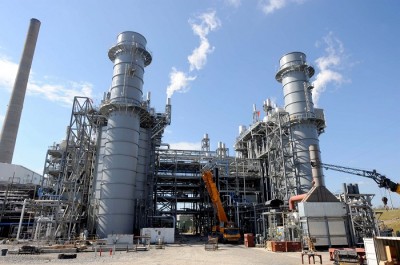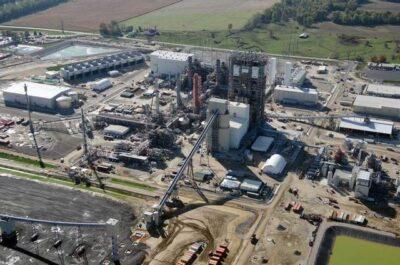Obama Administration EPA policies are driving up the cost of electricity in many parts of the United States, as power companies building multi-million and billion dollar facilities pass on the cost to customers.
Electric bills are rising because strict new air pollution regulations from the Environmental Protection Agency are forcing companies to build expensive new facilities – or renovate old ones – to meet the restrictions on coal.
In the end, many companies are choosing not to renovate their coal facilities — and instead are opting to close them. The new regulations could force 200 coal-fired power plants to close in the next decade, as Off The Grid News previously reported.
Utilities can switch to natural gas or take advantage of clean coal technology, which is expensive.
World’s Smallest Solar Generator … Priced So Low Anyone Can Afford It!
Nearly 40 percent of America’s energy comes from coal.
The High Price of Clean Coal
One of the expensive options is coal gasification, in which coal pollutants are burned and converted to gas to make power.
“At a coal gasification facility, the cost of electricity may be increased by 40 percent; at a pulverized coal power plant, by upwards of 80 percent,” U.S. Rep. Tim Murphy (R-Pennsylvania) noted at a February 2014 hearing on the Department of Energy’s (DOE) clean coal technology. “This is what DOE’s own documents tell us.”
Recent news stories make Rep. Murphy’s warning sound prophetic. Examples of the high cost of clean coal include:
- The Kemper generating station, a coal gasification facility in Mississippi that has nearly tripled in price from $2.8 to $6.2 billion during its construction. Customers already were paying 18 percent higher rates on their bills for the new project.
- The giant Edwardsport Power plant in Indiana. It was supposed to cost $1.9 billion to build but is now $1 billion over budget and is nowhere close to going into operation, according to The Indianapolis Star. Utility Duke Energy wants to raise customers’ bills by $2.40 a month to cover the added costs at the gasification facility, The Star reported, although that price, too, could go up.
- The Rockport coal gasification plant in Southern Indiana. Projected costs at Rockport were so high that the utility, Leucadia National Corp, abandoned the project, The Star Opponents of the plant estimated that Rockport would have cost ratepayers $1 billion over its first eight years of operation.
Natural Gas Plants, Too, Could Drive Up Your Electric Bill
The other option, natural gas, is cheaper than coal gasification but it can be costly to switch over from coal.
Electric bills in Pueblo, Colorado, have risen by 26 percent since 2010 because the local utility, Black Hills Energy, shut down all of its coal-fired power plants and switched to natural gas, The Washington Post reported. Some Pueblo homeowners now pay $200 a month for electricity.
A giant new natural gas burning power plant in Central Wisconsin will cost Alliant Energy between $725 and $775 million, The Wisconsin State-Journal reported. The plant will help replace three old coal facilities. As in Pueblo, the cost of the plant will be passed on to home and business owners in the form of higher rates for electricity, a company spokesman said. Alliant Energy also will convert its M.L. Kapp Generating Station in Clinton, Iowa, from coal to natural gas in the spring of this year.
The Alliant spokesman acknowledged that the EPA rules are driving the switchover – and consequently, the rate hikes.
“Clearly, with the EPA’s proposed Clean Power Plan we will be facing a carbon-restricted future so adding natural gas generation to the state’s energy mix and retiring coal-fired generation will help Wisconsin meet the new, proposed standards. Natural gas produces 50 percent less carbon dioxide than coal as well as less sulfur dioxide, less nitrogen oxide and less particulate matter,” spokesman Scott Reigstad told the State-Journal.
Do you believe coal should be phased out as an energy source? Share your thoughts in the section below:
 Off The Grid News Better Ideas For Off The Grid Living
Off The Grid News Better Ideas For Off The Grid Living





